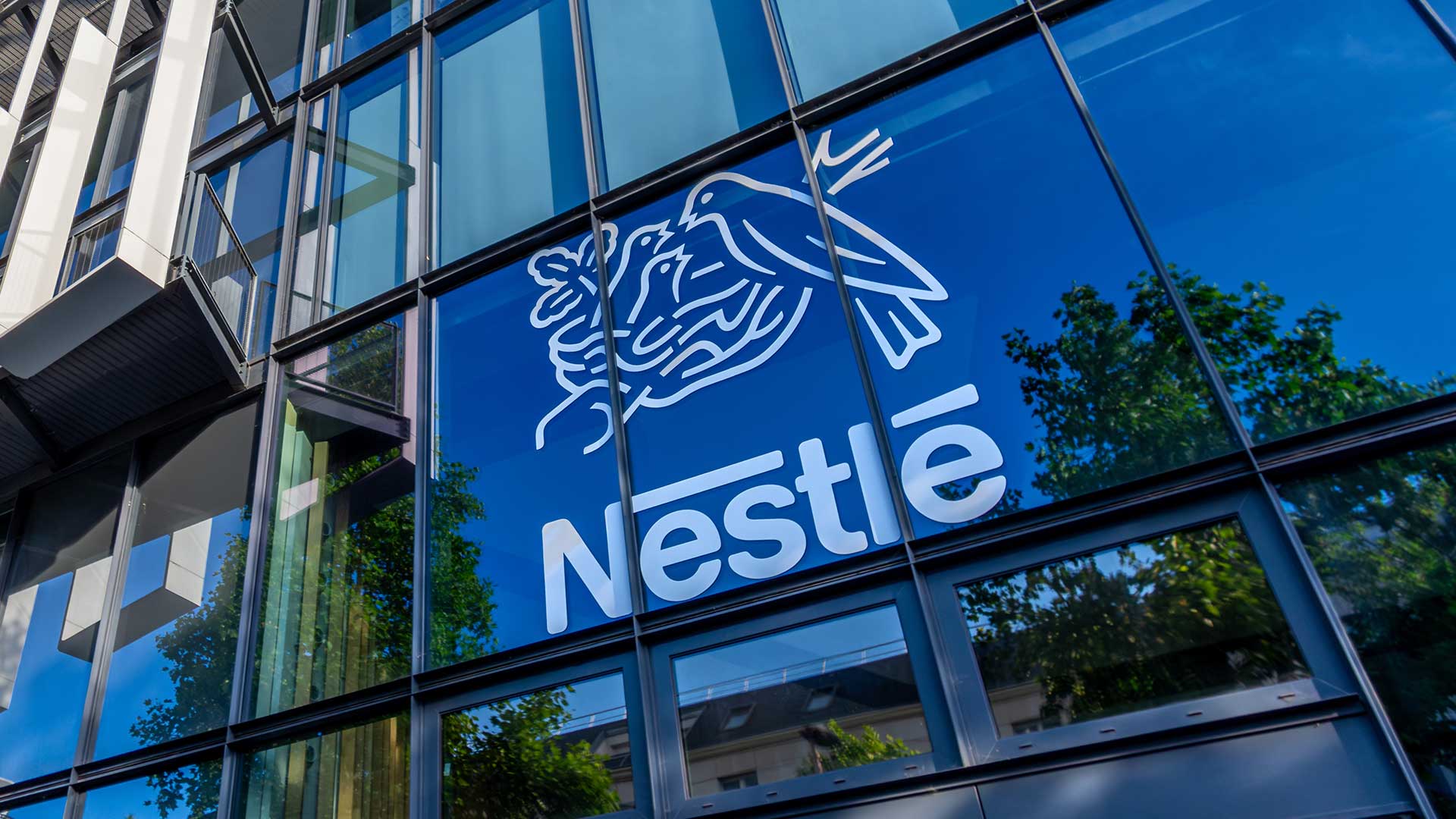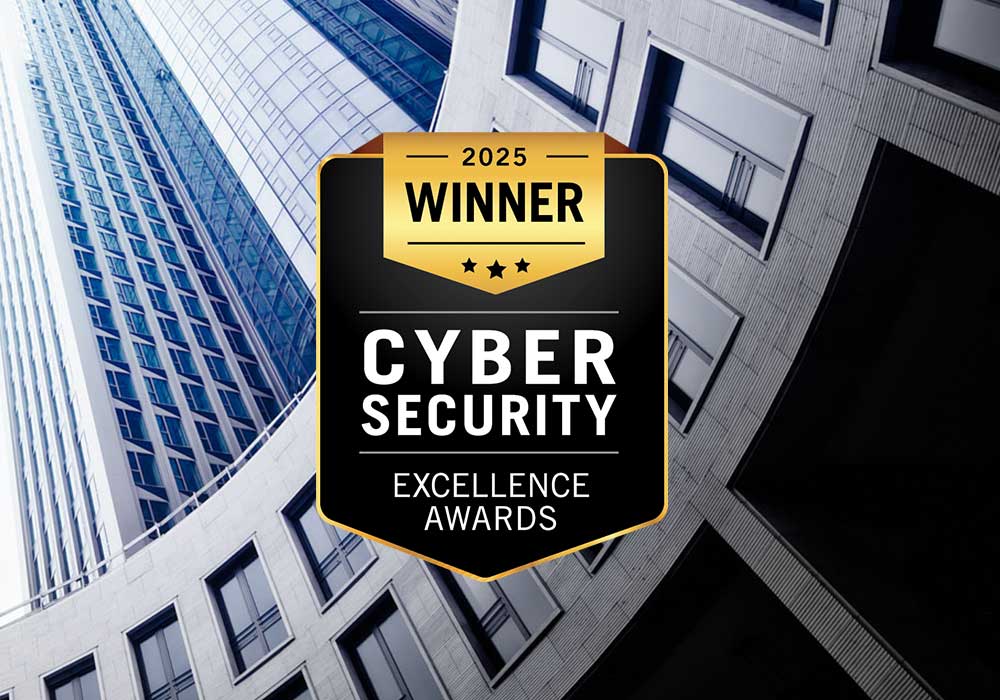School safety is a topic of critical importance year-round, impacting students, staff, parents, and the broader community. Amid this, the safety and preparedness of school campuses remain a primary concern. Communities want resources invested in effective solutions that significantly enhance student and campus safety. However, the challenge is identifying strategies that maximize the impact of limited time, attention, and budgets.
One solution increasingly being discussed is the use of metal detectors in schools. While they are common in airports and stadiums, their adoption in educational environments has been relatively slow. Are metal detectors the only security solution for your school campus? More importantly, how do they fit into a broader, more dynamic safety strategy? Here's what decision-makers need to know.
School perimeter Security: The first line of defense
The safety concerns unique to learning environments call for thoughtful and balanced strategies. However, many schools are turning to proven security measures to begin addressing these challenges. From deploying resource officers to implementing sophisticated "defense-in-depth" designs, schools have been focusing on perimeter security as an essential layer of protection. This approach ensures that potential threats are intercepted as early as possible.
Metal detectors are increasingly becoming part of this perimeter security discussion. Though still an unconventional choice for many school districts, they offer a tangible solution to screen for weapons and manage on-campus risks. Let's examine their adoption rate and where they fit into the broader security landscape.
Metal detectors in schools: Gaining interest but limited adoption
According to a report by the National Centers for Education Statistics (NCES), only one in 20 schools across the United States currently use walk-through metal detectors daily. Here’s the breakdown:
- Less than 1% of elementary schools
- Approximately 4% of middle schools
- Around 6% of middle schools
Given heightened concerns over student safety, these relatively low adoption rates may seem surprising. However, the hesitation stems from numerous challenges, including costs, logistical concerns, and the impact on student experiences. That said, the growing calls for improved school security and a series of high-profile tragedies have kept the spotlight on metal detectors and similar technologies. These conversations have triggered action at both the legislative and local levels.
How legislative action is improving school safety
Legislation following tragic events like the 2018 Parkland, Florida, school shooting has accelerated the adoption of security technologies, including metal detectors. The Marjory Stoneman Douglas High School Public Safety Act (Senate Bill 7026) offered funding and guidance for Florida schools to implement safety measures. These include hiring resource officers, improving mental health support, and deploying technologies like metal detectors and panic buttons.
Several schools have since adopted metal detectors as a core part of their safety infrastructure. For example, Broward County—the nation's sixth-largest school district—added metal detectors as part of its campus safety measures for the 2024-2025 school year.
Meanwhile, other districts have initiated rapid shifts in safety protocols following incidents. For example, the shooting of a teacher by a first grader in Newport News, Virginia, in 2023, the district expedited the installation of metal detectors across all secondary schools within weeks.
The adoption of metal detectors is gaining momentum, but schools need to think beyond single-point solutions.
Integrating metal detectors into comprehensive security strategies
Metal detectors alone cannot enhance safety. They must be part of a multi-faceted approach that integrates people, processes, and technology into a cohesive security strategy. Below are the key considerations for incorporating metal detectors effectively:
- Ongoing Training and Change Management
Metal detectors require trained staff to operate them effectively. Improper use or lack of commitment can lead to a false sense of security, compromising their purpose. Continuous Security Awareness Training combined with a clear understanding of operational protocols are essential to success.
2. Dynamic Perimeter and Internal Controls
Security strategies should not depend solely on detecting threats at campus entry points. A robust “defense-in-depth” design ensures that additional layers of protection are in place to detect and mitigate threats that bypass entry checkpoints. This could include additional measures such as surveillance systems, controlled access areas, and responsive on-campus protocols.
3. Leverage Data and Technology for Efficiency
Automated systems reduce the risk of human error and help security teams act more effectively. For example, technology solutions like AI Video Analytics can analyze data in real time to identify unusual activity patterns. This provides heightened awareness and reduces the strain on human resources.
4. Combine Cyber and Physical Security Measures
More schools are recognizing that physical and cyber security are intrinsically linked. A modern security strategy must integrate these two domains to provide a unified defense against threats. For instance, using network-connected sensors or AI Video Analytics can enhance campus-wide visibility and early threat detection.
The importance of cyber-physical security in schools
Schools must move toward integrated cyber-physical solutions to maximize their security investments. This combined approach provides a more efficient way to manage resources while addressing both physical and cyber threats. At Claro, we help schools strengthen their security strategies through innovative and data-driven solutions.
Key Benefits of a Cyber-Physical Approach
1. Data-Driven Threat Prevention
Cyber-physical solutions analyze trends and data across both the digital and physical domains. For example, monitoring online activity can uncover potential risks to a school’s physical safety, allowing administrators to act preemptively.
2. Enhanced Visibility and Awareness
Integrating camera surveillance systems, audio bullying detectors, and vaping sensors with advanced AI provides real-time insights into campus activity, enabling faster and more effective responses to incidents.
3. Reduction in False Positives
Advanced AI solutions undergo a learning period as they adapt to their environment, reducing false positives over time and providing increasingly accurate insights.
4. Dynamic Technology Updates
Unlike static physical systems, cyber-physical security solutions can evolve rapidly via software updates, ensuring that schools stay ahead of emerging threats without incurring major construction or replacement costs.
Metal detectors as a cyber-physical asset
With the right strategy, metal detectors can serve as more than just physical checkpoints. By integrating them with AI-driven video analytics and other cyber-physical tools, schools can transform them into valuable components of a wider security framework. For instance:
- AI Video Analytics can detect patterns and predict potential risks, enhancing the effectiveness of metal detectors.
- 24/7 Visibility ensures that crowded or high-activity areas are constantly monitored, creating safer environments for students and staff.
- Behavioral Insights gained from integrated systems allow school administrators to make data-driven decisions and implement safer campus policies.
Building safer schools with Claro
At Claro, we specialize in creating comprehensive, cyber-physical security strategies tailored to each school’s unique needs. Our solutions combine cutting-edge hardware, AI-driven analytics, and expert consultation to help schools maximize safety and operational efficiency.
If your school is considering metal detectors or exploring a unified approach to campus security, contact us to learn more about our School Safety and Security Starter Kit. Our consultants can assist your team in creating a customized risk management plan that integrates training, people, processes, and technology for long-term safety improvements.
Together, we can protect what matters most—your students, staff, and community.





.png)




.png)





